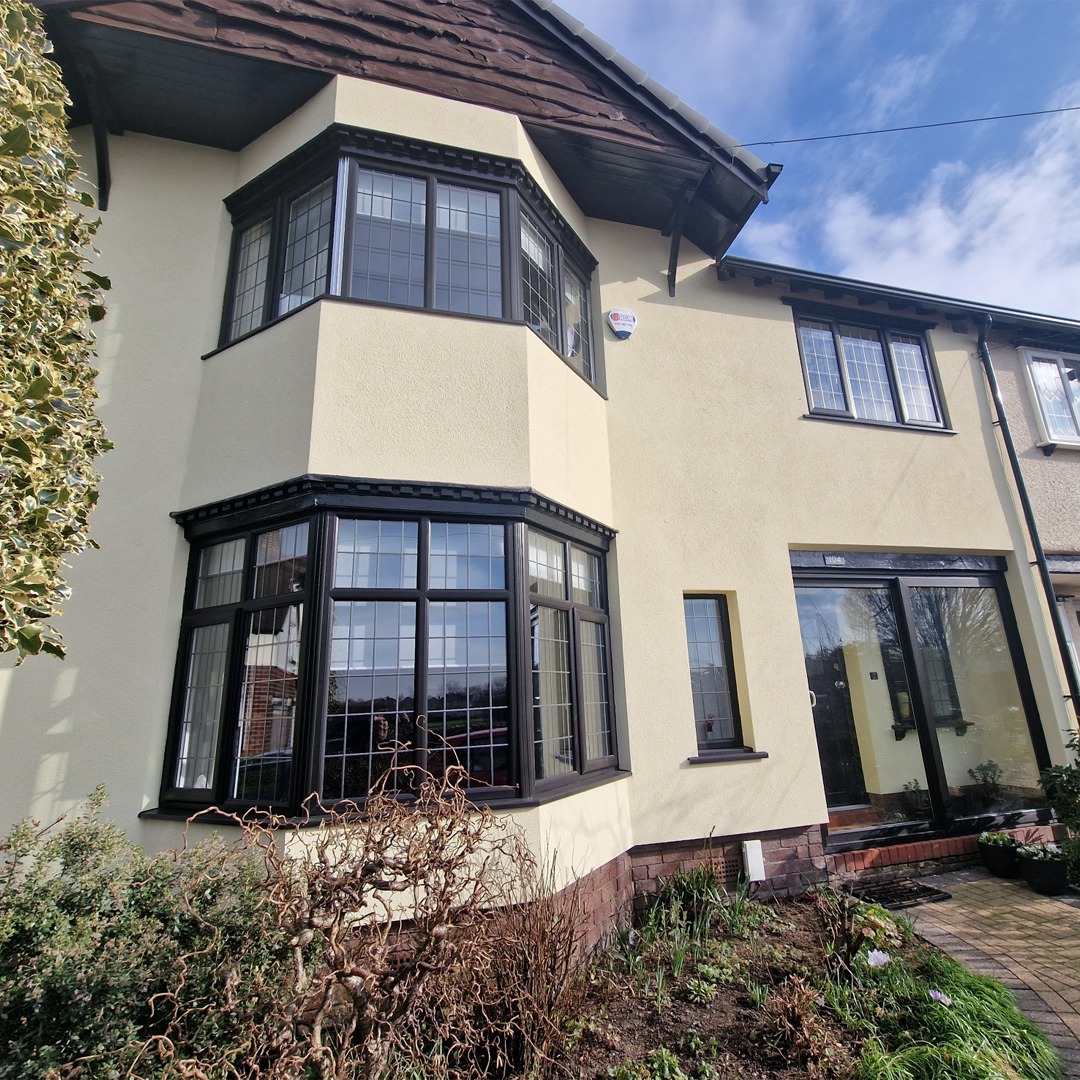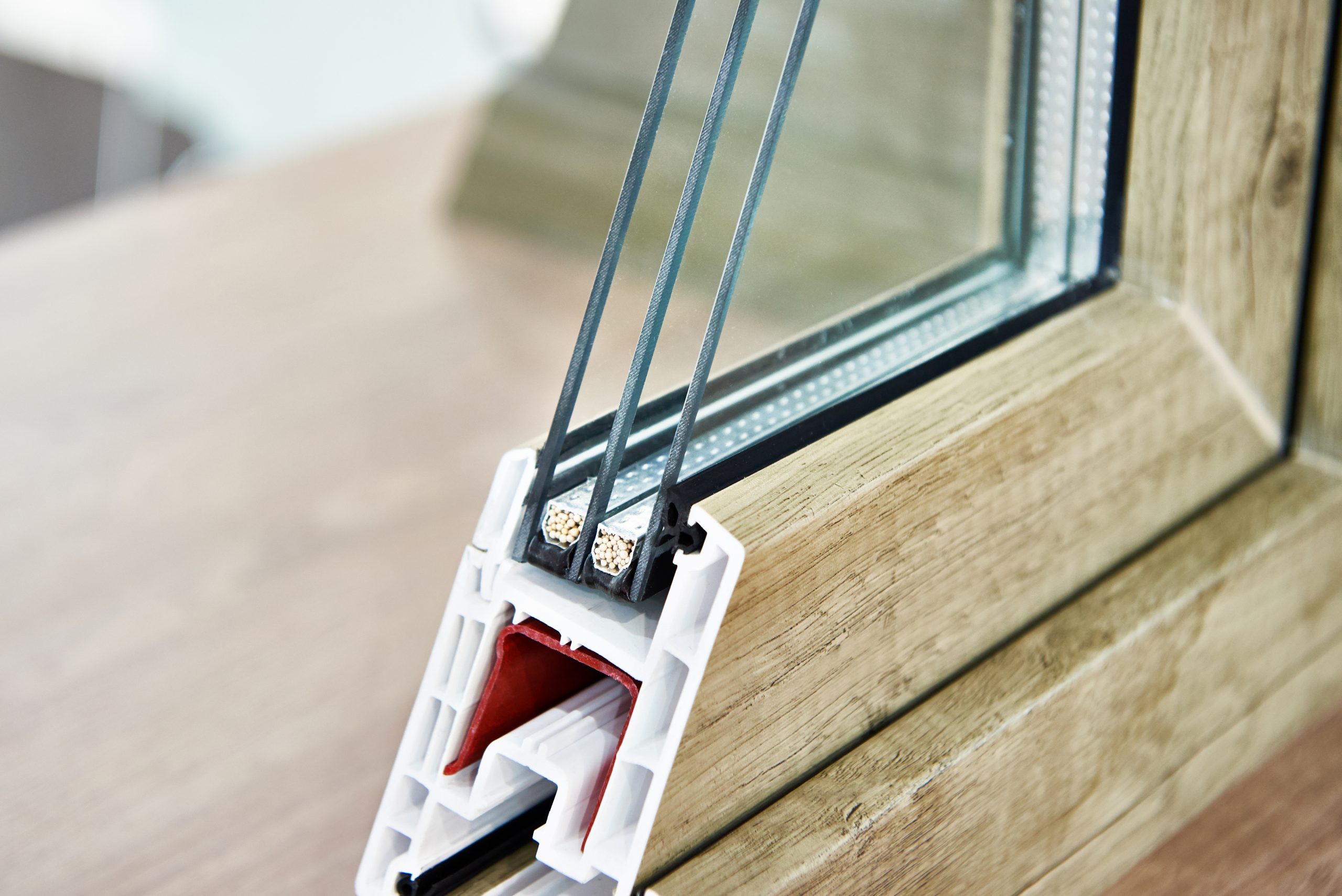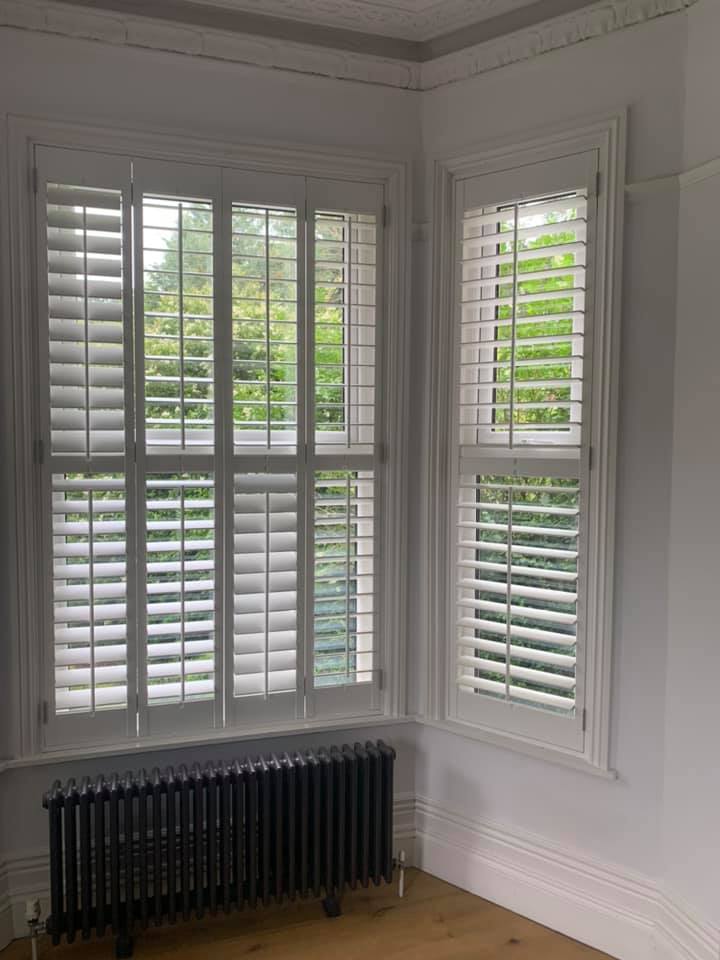If you have ever experienced noise pollution, you will know how disruptive to your life it can be. Long-term exposure to noise pollution can seriously harm your physical and mental health, reducing your quality of life.
Fortunately, modern window technology continues to provide solutions. But how do you know which method will work for you? We’re here to help.
In this blog, we’ll explain acoustic glass and alternative noise-reducing methods, the pros and cons of each, and what we think the future holds for soundproofing solutions.

The Latest Advancements in Acoustic Glass Technology
Acoustic glass usually comprises two or three panes of glass sandwiching an internal layer, often coated, to absorb and reduce soundwaves before they enter the home. Acoustic glass can be up to 20.8mm thick, though soundproof windows are between 6.4 and 12.8mm thick due to the thicker glass needing thicker, much heavier frames than most windows accommodate.
There are a couple of ways acoustic glass works:
- The panes of glass are typically of different thicknesses
- There are internal layers between the panes of the glass
- There may be a larger space between the panes of glass (filled with a gas such as Argon) to help dampen the soundwaves
Although we use the term ‘acoustic glass’, acoustic windows also have thicker frames to support the extra panes of glass.
Many acoustic windows also reflect harmful infrared and ultraviolet rays, while allowing natural light in.
All modern windows should have airtight seals to help with noise reduction and insulation, but they must be fitted correctly.
Comparison of Acoustic Glass with Other Soundproofing Options:

Triple Glazing:
Triple glazing involves three panes of glass sandwiched together, with gaps filled with an inert gas such as Argon. It offers superior insulation and noise reduction to single or double-glazed windows, although the difference to A-rated double-glazed windows may be minimal.
Effectiveness:
If fitted correctly, triple-glazing can be an effective barrier to noise pollution.
Installation:
Installing triple glazing involves removing your existing windows and installing new units.
Cost:
More expensive than secondary glazing but cheaper than acoustic glass, triple glazing is the choice for many homeowners experiencing noise pollution. Triple glazing costs between £400 and £600 on average, depending on the size, style, and number of windows.

Secondary Glazing:
Secondary glazing means that an additional pane of glass is fitted onto an existing window rather than the glass being replaced with double or triple glazing. Depending on the available space within the frame/reveal the gap between the panes of glass can be adjusted to aid noise reduction. Secondary glazing can reduce noise pollution by around 31-51 dB.
Effectiveness:
Secondary glazing offers a budget-friendly short-term solution to mild noise pollution but is ineffective for more serious cases.
It can appear ‘ugly’ to homeowners and potential buyers, possibly lowering curb appeal.
Cost:
Secondary glazing is much cheaper than installing either triple glazing or acoustic glass. You are looking at between £50 to £300 to add secondary glazing to an existing window.
Installation:
This is another aspect where secondary glazing wins hands down. With acoustic windows and triple glazing, you are removing the existing window to replace it with a new unit. This takes longer, generates more mess, and often requires a professional fitter. Secondary glazing can be done by a careful DIY’er, saving money on installation, and takes less than an hour.

Acoustic Glass:
Acoustic glass is double or triple-glazing with an interlayer layer of polyvinyl butyral (PVB), designed to reduce the volume and intensity of noise penetrating your home.
Effectiveness:
Acoustic windows are the most effective at reducing noise pollution. The very best soundproofing windows can block unwanted noise by up to 95%
(54cB). In practice, this means normal outside noises (such as kids playing in the street or music from a nearby nightclub) are reduced to barely above a whisper. Louder noises, such as traffic, trains or aeroplanes overhead, are reduced to a manageable level.
Installation:
As with triple glazing, you will need a professional fitter to install your new soundproof windows.
Cost:
Soundproof windows are the most expensive option due to the coating and complexity of the different thicknesses of glass. Acoustic windows typically cost between £400 – £1,000 each.
It’s rare, but sometimes installing soundproofing windows requires planning permission. Not only does this increase the timeline, but it also introduces an additional cost.
Pros and Cons Comparison
Type of Soundproofing | Pros | Cons |
Acoustic glass | Designed for purpose, is attractive, adds value to your property, is easy to clean/low maintenance, long lifespan, is fully insulated, reduces energy bills and carbon footprint, doesn’t cause condensation | Expensive, and requires professional installation, takes longer to install than secondary glazing and sometimes requires planning permission, can reduce natural light |
Triple glazing | More effective than single or double-glazing at reducing noise, better insulation, and increased energy efficiency | Takes longer to install than secondary glazing, not a huge difference from double glazing |
Secondary glazing | Easy and quick to install, relatively cheap, reduces noise pollution, can help with thermal efficiency | Can be ugly, reducing curb appeal, short-lifespan, limiting access to windows, can cause condensation, difficult to clean – temporary removal may be required, not suitable for all windows |
Scenarios Where Each Solution is Most Appropriate
Type of Soundproofing | Most-suitable Scenarios | Real-life examples |
Acoustic glass | Perfect for urban properties or offices close to busy roads suffering a high level of noise pollution | City centre flats, offices near motorways/busy roads or railways, homes with noisy neighbours |
Triple glazing | Best for colder climates where properties require better insulation | Properties in the North of the UK and places that experience severe winters, homes that need noise reduction and thermal insulation |
Secondary glazing | Good for older properties where planning restrictions apply, such as listed buildings and flats that have restricted access | Period properties, listed buildings, properties with poor access or architectural restrictions |

Expert Opinions on the Best Practices for Achieving Optimal Soundproofing
Acoustic windows will reduce noise pollution, but for optimal soundproofing, you must consider the whole house.
There are plenty of tricks and tricks experts use to reduce sound vibrations.
First, you must identify the source of the sound, and try to measure the decibels. This will help you determine which soundproofing methods are most appropriate.
Next, seal up any gaps and cracks and update weatherstripping if required.
You can use soundproofing panels on your walls and ceiling and increase or replace the standard floor, wall, and ceiling insulation with acoustic foam, rock wool or fibreglass, which are better sound insulators.
If the sound is minimal, it may be a simple case of switching up your decor. Interior designer and founder of Studio Dean, Cathy Dean explained in Ideal Home, August 2023:
“…there are some simple tricks to help with soundproofing your home while keeping the interior design looking beautiful.’
‘If you find sound reverberates in your home, this is probably due to having a lot of hard finishes – stone worktops, wooden cabinetry, tiled floors, and so on.
‘To minimise the reverb, you need to bring in fabrics as sound absorbers. Add a rug, some upholstery, cushions, curtains and throws, and it will immediately help.’

Predictions on How Acoustic Glass Will Evolve to Meet Changing Market Demands
Advancements in technology are consistently improving windows to meet the challenges of modern life.
We are already seeing a move towards integrating windows and doors in smart home security systems. We expect this trend to continue as more manufacturers lean into creating products to fit smart homes.
We expect thermal efficiency to remain a key selling point and predict the next phase is making manufacturing more ‘green’ through the use of sustainable materials.
Acoustic glass is also being used more widely in places such as hospitals and nursing homes, where the occupants are already vulnerable to ensure their quality of life is not further diminished.
Conclusion
Which soundproofing solution is best for you depends on:
- How big a problem your noise pollution is
- Your budget
- The age, style and circumstances of property – eg listed building/rented accommodation etc
If you are looking for an affordable short-term solution to mild to moderate noise pollution, secondary glazing could to right for you.
However, if you have more to spend and no access issues, you should take the other benefits of triple glazing and acoustic glass into account while making your decision.
Get In Touch Today
At Manchester Window Factory, we are experts in providing and installing the highest quality UPVC, aluminium and timber windows. We can talk you through your options and offer a free, no-obligation quote for your consideration. We also offer a pay monthly scheme to help you spread the cost. If you would like further information on any of our products or services, please don’t hesitate to get in touch.
We look forward to hearing from you!




